Over the past two years, many trade shows, congresses and other events were postponed or cancelled. Some organizers offered a virtual alternative, but it wasn’t easy to create the same kind of experience online. Now that the event sector is back in full swing, it’s a good time to dust off your event communication plans, and see if they need any finetuning. This roadmap will help you get started.
Start your promotion plan well in advance
The more publicity you give to your trade show participation, the more attention you’ll get, so start well in advance. Six months ahead of the event is a good time to start by announcing your participation. Research the other organizations who will be at the event, including which ones participated in previous editions. Knowing who you are up against is important in the battle for the visitor's attention, and you can use this information to differentiate your communication. Create a content calendar with all posts and publications. Select your desired channels (website, LinkedIn, Facebook, Twitter, Instagram, YouTube, WeChat ... ) and tailor your messages according to the application or platform.
During this phase, take a look at your existing communication materials. After all, at a trade show, you want to have up-to-date printed and promotional materials. Take stock of what you have and whether new leaflets, brochures, posters and videos are needed. Writing, designing, printing and producing takes time. Make sure your booth design supports your messages, which should be simple, short and clear. Don't overload your visitors unnecessarily and make sure the communication on your trade show walls is to the point. Also look into the possibility of using speakers from your company for seminars and lectures during the trade show.
About three months before the trade show, you can begin pre-show communications. Warm up existing customers and prospects for your trade show participation, via social media, your website or a newsletter, and provide regular updates. Also consider adding a banner or announcement to your email signature. Be sure your profile in the organizer's trade show catalog is complete. Increase the frequency of pre-show communications as the trade show approaches, but make sure you’re sharing new and relevant information, otherwise your readers will tune out. Give away free tickets or arouse curiosity with a sneak-preview of a product or service you are launching at the trade show, as part of your updates. A lot of journalists attend trade shows: so as an exhibitor, having a press kit available with your most newsworthy and relevant company and product information is definitely a good idea.
Finally, it is important to make sure that trade show staff is adequately informed. Organize in-house training and provide the entire team with a clear briefing on new and existing products or services, pricing agreements and communication tools.
Curious to see how
we put this into practice?
In this case we created a modular booth for one of our customers in healthcare who participated in a trade show.

During the trade show
Network and connect with as many people as possible. Engage in conversations, and exchange contact information and business cards. Also use your presence at the trade show for competitive research and see what competitor companies are doing well – and not so well. In addition, try to discover trends and take note of them. At a trade show, you will get an excellent sense of what is going on in your industry.
During the trade show, don't just focus on selling, but also try to get in touch with potential prospects. Find out their contact information and get in touch after the trade show so you can further stimulate their interest.
After the event
Thank your visitors for their time and make sure to follow up on your leads. Be sure not to wait too long for this and use the momentum to take further steps. Review the results of your social media and website activity, to see which type of posts and topics sparked the most interest and interaction. Also organize a debriefing with your colleagues shortly after the event. Discuss what went well, and what could have been better, and use this information in your planning for your next trade show.
Need help with your communication plan, for a trade show or other type of event? Feel free to contact Anne-Mie by email at anne-mie.vansteelant@livingstone.eu or call +32 (0)55 59 10 07.





